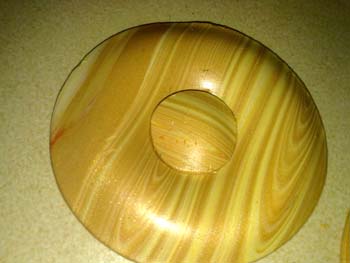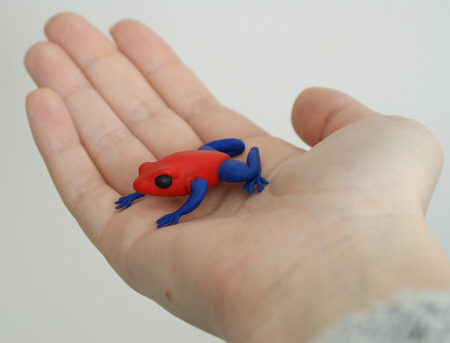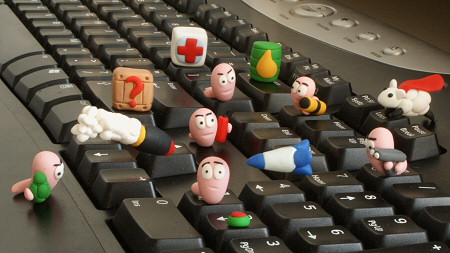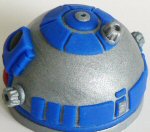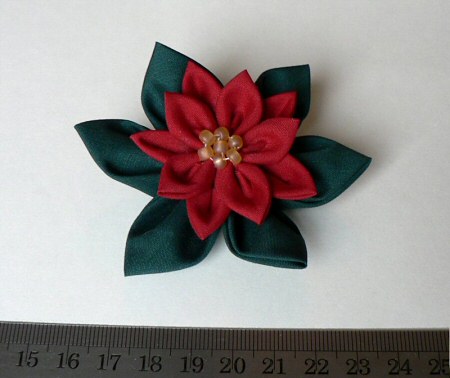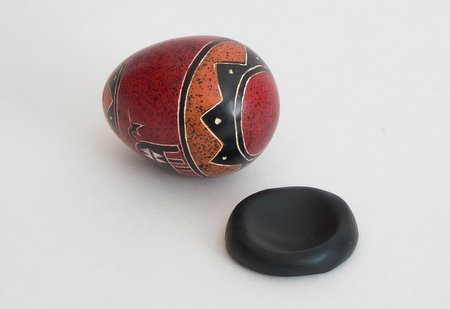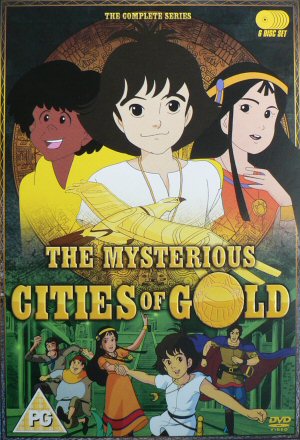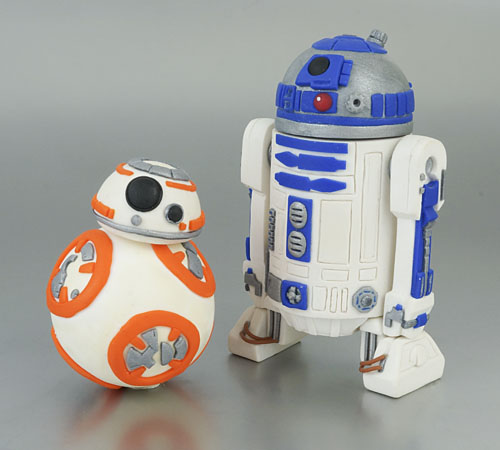
If you’re a long-time reader, you may remember the R2-D2 sculpture I completed in 2009. Ever since I saw The Force Awakens, I’ve been wanting to make my R2 a little BB-8 buddy. I bought the polymer clay in May (it turns out FIMO Soft is available in the perfect orange colour – very convenient), […]

